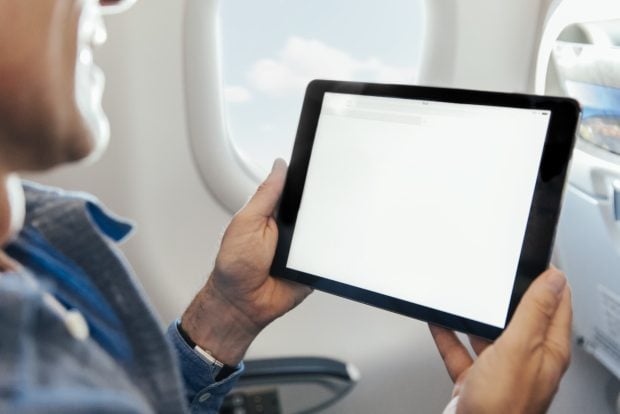White House requests $46bn emergency funding package for federal agencies

The White House has requested US$46bn (€43bn) in emergency funding for federal agencies in response to the coronavirus pandemic. If approved, most of the funding would go towards medical treatment and vaccine development, additional staff costs, boosting IT capacity to enable government employees to work remotely, and repatriating staff stationed overseas.
The request was made last week, before Senate leaders and the Trump administration reached agreement on Wednesday morning for a nearly US$2 trillion (€1.8 trillion) emergency relief package. The package is intended to provide funds for businesses and citizens and to help prop up the economy. It is Congress’s third emergency coronavirus bill.
In a letter to lawmakers, acting Office of Management and Budget (OMB) director Russ Vought wrote that as the pandemic has grown, federal government “resource needs have also grown”.
“The unprecedented mobilisation the administration has achieved has forced agencies to incur unanticipated costs. These costs must be met with a legislative response to ensure full operational capacity,” Vought said. “The aim of this request is to maintain that capacity and ensure that resource needs created by the pandemic response are met.”
The 118-page document sets out the agencies deemed to require additional funding, the amount requested in each case and what it would be spent on. In total, the money would go to 115 bureaus within 25 agencies and departments. If approved, the lion’s share of additional funding for the 2020 financial year – U$13.1bn (€12.2bn) – would go to the Department of Veterans Affairs’ Veterans Health Administration to cover the cost of healthcare treatment, testing kits, temporary intensive care beds, and personal protective equipment.
Roughly US$11.5bn (€10.7bn) would go to various bureaus within the Department of Health and Human Services. Of that, nearly US$5.3bn (€4.9bn) would go to departmental management, primarily to support the development and manufacturing of vaccines, therapeutics and diagnostics. And US$3.4bn (€3.2bn) would go to the Centers for Disease Control and Prevention to support lab capacity and “comprehensive COVID response and preparedness efforts”.
The Department of Defense would be the third largest beneficiary. It is requesting US$8.3bn (€7.7bn) to minimise the risk of COVID-19 to US servicemembers and their dependents by ensuring access to diagnostics and medical care; addressing the impacts of the pandemic on logistics and supply chains including pharmaceuticals and personal protective equipment; minimising the impacts of the virus on “strategic mission readiness”; and bolstering “the overall national response”.
The OMB has also requested US£3bn (€2.8bn) for an “unanticipated needs” account which it would use to distribute funds to agencies throughout government.
Need to boost IT capacity to enable telework
Twelve departments and agencies – including Health, Veterans Affairs, Education, Energy, Interior, the Small Business Administration and the Social Security Administration – have all requested millions of dollars to boost IT capacity to enable employees to work remotely.
According to Government Executive, several agencies have already run into issues from an unprecedented surge in teleworking, including a lack of devices, insufficient software licenses and overwhelmed networks. OMB said the funds would go toward increasing hardware – including laptops, phones and tablets – boosting cybersecurity, purchasing more software licenses and expanding network capacities.
Much of the funding would be spent on additional resources and overtime. The departments of Health; Homeland Security; Interior; Veterans Affairs; Education; Agriculture; Transportation; the General Services Administration (GSA); the Social Security Administration; and the Customs and Border Protection have all requested cash injections either to pay temporary staff or to cover additional staff hours. The GSA has also requested an extra US$200m (€185m) to support “unforeseen circumstances necessary to support government-wide space or space management requirements”.
Meanwhile, the Department of State, the Agency for International Development, the Agriculture department (USDA) and the Department of Homeland Security have all requested funding to help bring home employees currently stationed overseas. USDA is looking to repatriate 110 Foreign Agricultural Service employees and at least 300 dependents, while the Department of State is expecting to bring back 10% of its US citizen workforce stationed abroad.























